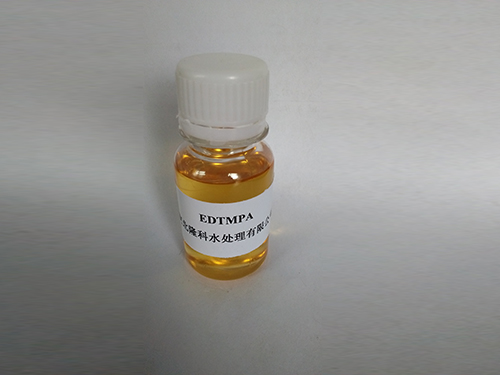organophosphonates
Understanding Organophosphonates Applications and Impacts
Organophosphonates are a fascinating class of chemical compounds that have gained significant attention due to their varied applications and environmental implications. Characterized by the presence of phosphorus-carbon bonds, they are distinct from traditional organophosphates, which are primarily recognized for their use in pesticides and nerve agents. This article explores the nature of organophosphonates, their applications, and the environmental considerations surrounding them.
Chemical Structure and Properties
The foundational structure of organophosphonates includes a phosphorus atom bonded to one or more carbon-containing moieties. This configuration imparts unique properties to these compounds, such as increased stability in various environmental conditions compared to their organophosphate counterparts. Organophosphonates are typically synthesized through several methods, including the direct reaction of phosphonic acids with alcohols or the utilization of more complex organic synthesis techniques.
One of the notable features of organophosphonates is their ability to form stable complexes with metal ions, which makes them useful in various applications, including catalysis and as chelating agents. Additionally, their unique chemical properties allow for a broad range of functional groups to be incorporated, further enhancing their versatility in different chemical environments.
Applications of Organophosphonates
Organophosphonates have found applications across multiple sectors, highlighting their versatility and importance. In the agricultural sector, they are used as environmentally benign alternatives to traditional pesticides. Many organophosphonates exhibit herbicidal and fungicidal properties, making them effective in managing pests while posing less risk to non-target organisms and the environment.
In medicine, organophosphonates have gained attention for their potential in drug development. Certain compounds within this class have shown promise as antiviral and antibacterial agents. Their ability to inhibit specific enzymes or pathways can be a basis for designing novel therapeutics. Moreover, organophosphonates have been investigated for their roles in biomimetic chemistry, contributing to the development of targeted drug delivery systems and bioactive materials.
organophosphonates

Notably, organophosphonates are also used in the field of materials science. They serve as additives in polymer formulations to improve properties such as flame retardance and thermal stability. The incorporation of organophosphonates into coatings and paints enhances their chemical resistance and durability, making them ideal for various industrial applications.
Environmental Concerns
Despite their beneficial applications, the environmental impact of organophosphonates cannot be overlooked. The persistence of these compounds in aquatic and terrestrial ecosystems raises concerns about their long-term effects. Some organophosphonates have been associated with detrimental impacts on non-target organisms, including potential bioaccumulation and toxicity issues.
Researchers are increasingly focused on understanding the fate of organophosphonates in the environment, particularly their degradation pathways and the potential for transformation into more harmful byproducts. Biodegradability studies and the development of effective remediation strategies are essential to mitigate any adverse environmental effects.
Additionally, the regulatory landscape surrounding organophosphonates is evolving. As awareness of their potential impacts grows, regulatory agencies are beginning to impose stricter guidelines for their use and monitoring in agriculture and industry. This shift highlights the need for responsible management and usage of these chemicals to ensure environmental safety while benefiting from their unique properties.
Conclusion
Organophosphonates represent a unique and valuable class of chemical compounds with significant applications across agriculture, medicine, and materials science. Their distinctive properties allow for innovative uses that can contribute positively to various fields. However, it is crucial to consider and address the environmental implications associated with their use. Continued research and development aimed at understanding their behavior in the environment, coupled with responsible regulatory practices, will be essential in maximizing the benefits of organophosphonates while minimizing their potential risks. Through balanced approaches, we can harness the potential of these compounds for sustainable development and practical applications.
-
lk-319-special-scale-and-corrosion-inhibitor-for-steel-plants-advanced-solutions-for-industrial-water-systemsNewsAug.22,2025
-
flocculant-water-treatment-essential-chemical-solutions-for-purification-processesNewsAug.22,2025
-
isothiazolinones-versatile-microbial-control-agents-for-industrial-and-consumer-applicationsNewsAug.22,2025
-
scale-inhibitor-key-solutions-for-water-system-scale-preventionNewsAug.22,2025
-
organophosphonates-versatile-scale-inhibitors-for-industrial-water-systemsNewsAug.22,2025
-
scale-and-corrosion-inhibitor-essential-chemical-solutions-for-water-system-maintenanceNewsAug.22,2025





